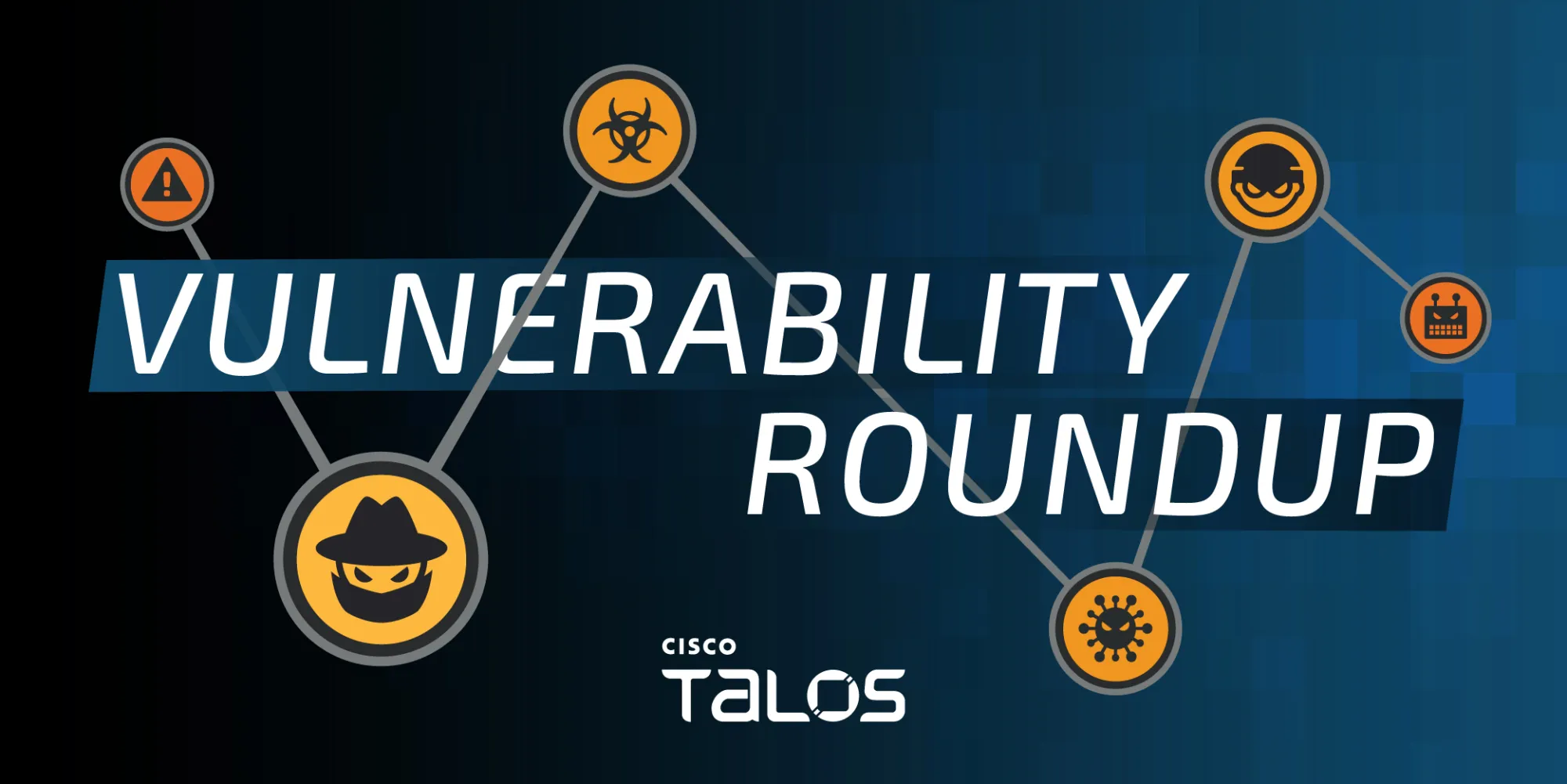ClearML and Nvidia vulns

Cisco Talos’ Vulnerability Discovery & Research team recently disclosed two vulnerabilities in ClearML and four vulnerabilities in Nvidia.
The vulnerabilities mentioned in this blog post have been patched by their respective vendors, all in adherence to Cisco’s third-party vulnerability disclosure policy.
For Snort coverage that can detect the exploitation of these vulnerabilities, download the latest rule sets from Snort.org, and our latest Vulnerability Advisories are always posted on Talos Intelligence’s website.
ClearML XSS and information disclosure vulnerabilities
Discovered by Edwin Molenaar of Cisco Meraki.
ClearML contains two vulnerabilities. ClearML is an open-source AI platform that supports the entire AI development lifecycle from research to production. It is designed to integrate with existing tools and infrastructures, allowing developers and DevOps teams to build, train and deploy models at scale.
TALOS-2024-2110 (CVE-2024-39272) is a cross-site scripting vulnerability. A specially crafted HTTP request can allow an attacker to upload HTML files to a dataset through an existing ClearML account. The files can later be rendered within the browser of an authenticated ClearML user and execute JavaScript.
TALOS-2024-2112 (CVE-2024-43779) is an information disclosure vulnerability. A specially crafted HTTP request can lead to an attacker reading vaults that have been previously disabled, possibly leaking sensitive credentials. An attacker can send a series of HTTP requests to trigger this vulnerability.
Nvidia memory corruption and heap-based buffer overflow vulnerabilities
Discovered by Dimitrios Tatsis.
The nvJPEG2000 library is provided by NVIDIA as a high-performance JPEG2000 encoding and decoding library. The prerequisite is a CUDA enabled GPU in the system that allows faster processing than traditional CPU implementations.
TALOS-2024-2080 (CVE-2024-0142) and TALOS-2024-2095 (CVE-2024-0143) are memory corruption vulnerabilities. A specially crafted JPEG2000 file can lead to an out-of-bounds write with arbitrary data which can lead to further memory corruption and arbitrary code execution. An attacker can provide a malicious file to trigger this vulnerability.
TALOS-2024-2108 (CVE-2024-0144) and TALOS-2024-2113 (CVE-2024-0145) are heap-based buffer overflow vulnerabilities in the Ndecomp field handling and parameter. A specially crafted JPEG2000 file can lead to memory corruption and arbitrary code execution. An attacker can provide a malicious file to trigger these vulnerabilities.
Cisco Talos Blog – Read More
